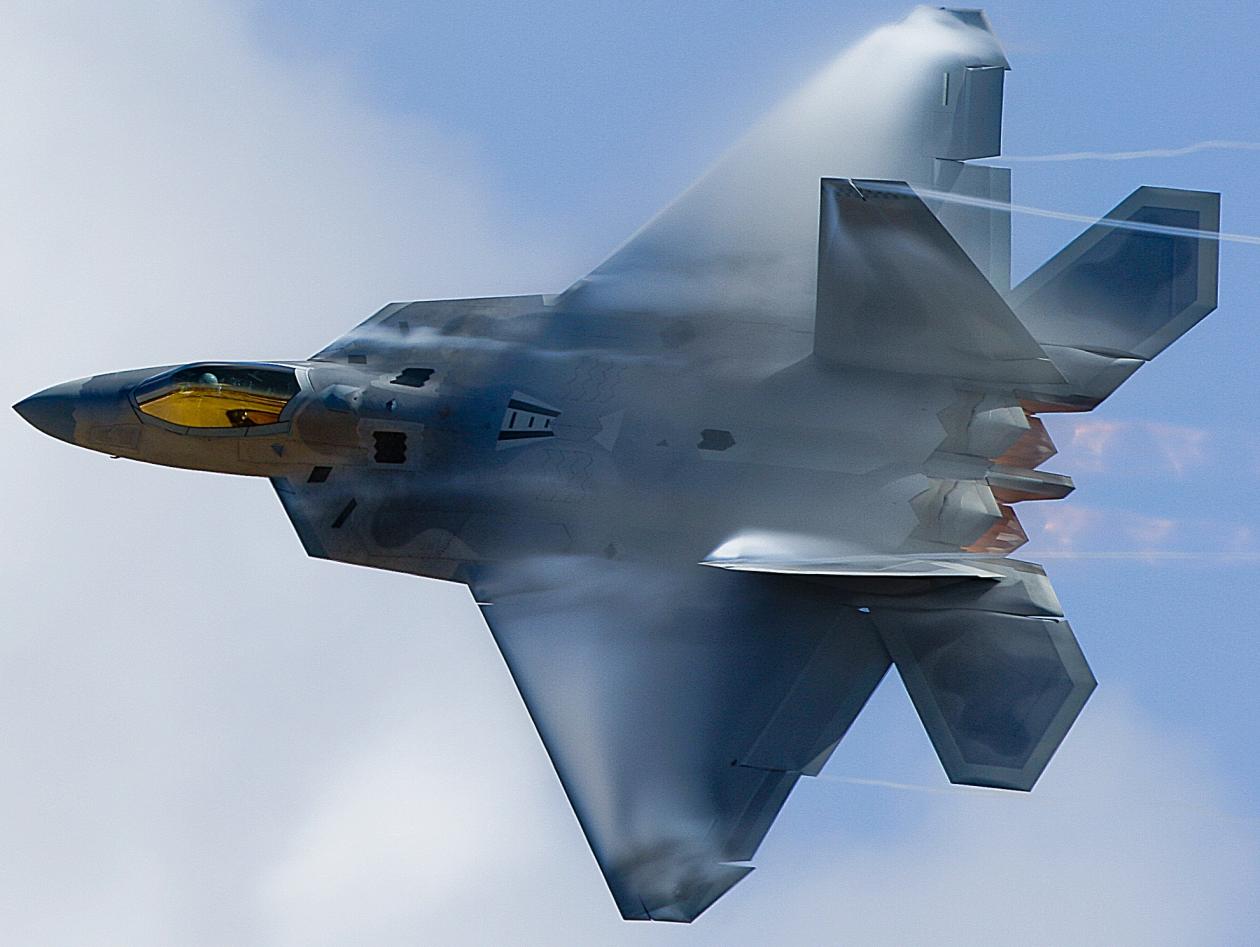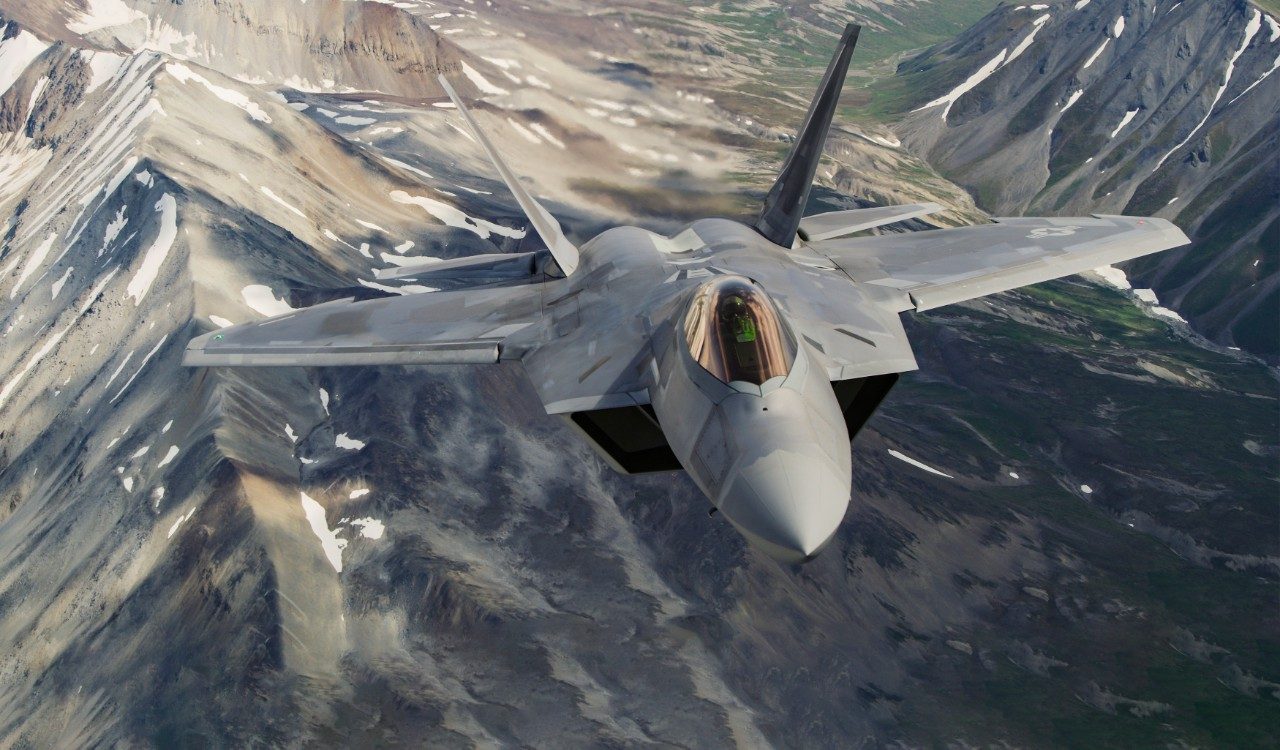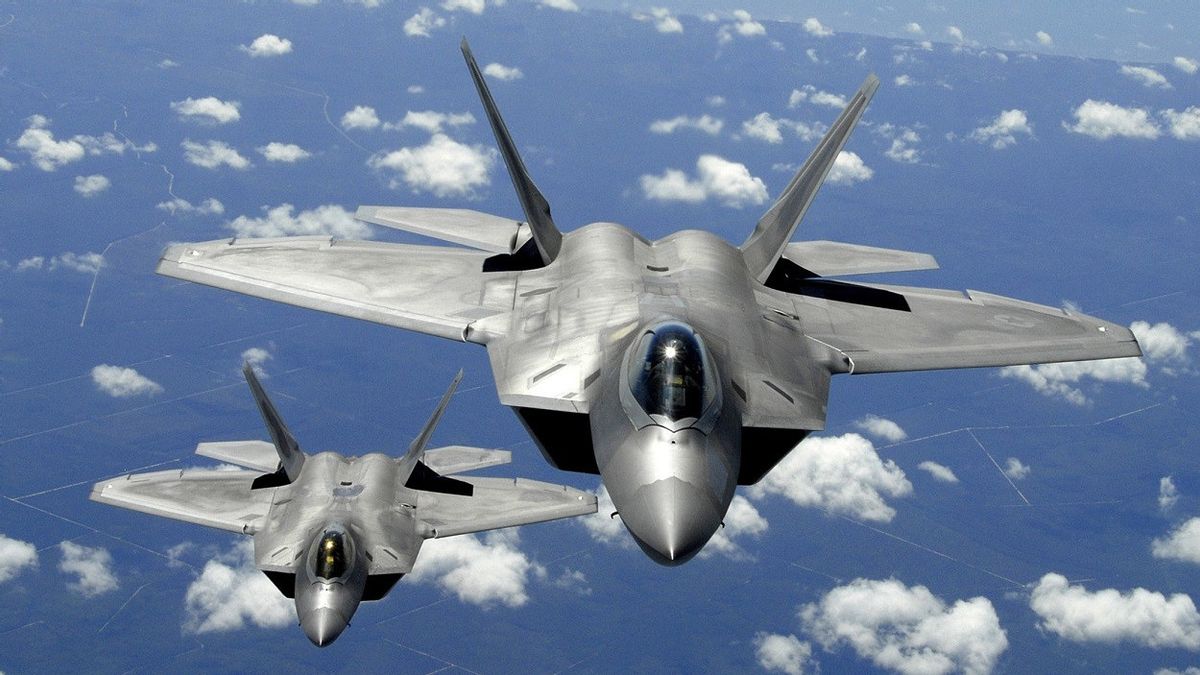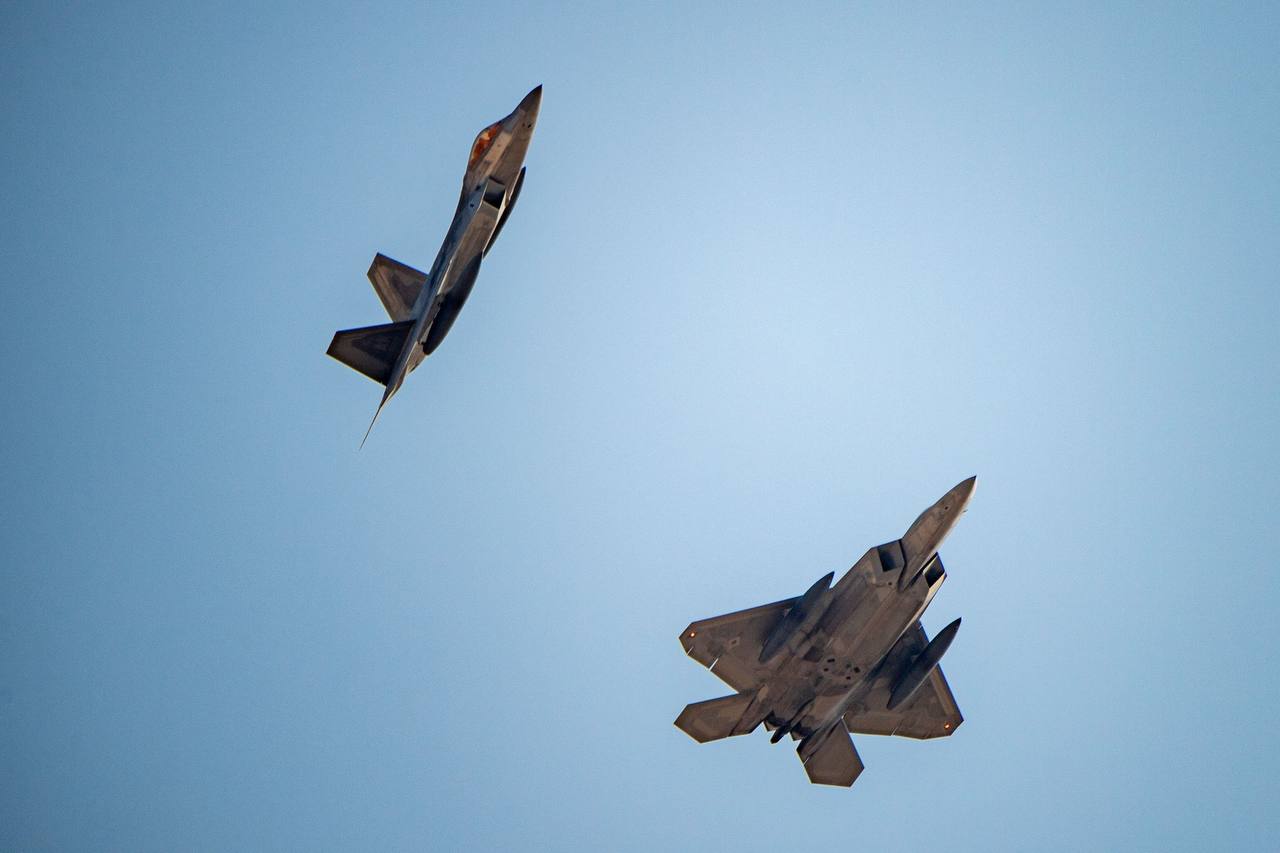Myth of the Untouchable Raptor: F-22’s Air Superiority Challenged in Simulated Dogfights from UAE to Alaska
Beneath the glossy veneer of American aerospace supremacy lies a more nuanced reality—one that suggests the Raptor’s perceived invulnerability may be more myth than fact.
(DEFENCE SECURITY ASIA) – The United States has long positioned the F-22 Raptor as the apex predator of the skies, a fifth-generation air superiority fighter so advanced and elusive that Washington’s defence establishment touts it as virtually “invincible” against all known aerial threats.
Through carefully cultivated media narratives and doctrinal assertions, the Raptor has been portrayed as an untouchable weapon of air dominance, unchallenged by rival systems developed by Russia, China, or other non-aligned powers.
But beneath the glossy veneer of American aerospace supremacy lies a more nuanced reality—one that suggests the Raptor’s perceived invulnerability may be more myth than fact.
In a multinational aerial exercise held at Al Dhafra Air Base in the United Arab Emirates in November 2009, the F-22’s aura of air combat supremacy was quietly challenged in a manner that still reverberates through military aviation circles.
During that exercise, F-22 Raptors from the U.S. Air Force’s elite 1st Fighter Wing based in Langley, Virginia, were pitted in simulated engagements against French Air Force Dassault Rafales and Royal Air Force Eurofighter Typhoons, both 4.5-generation fighters renowned for their agility and combat-tested electronics.
Also participating were UAE-operated Dassault Mirage 2000 jets, giving the scenario a wide cross-section of Western and regional aircraft capabilities.
In a now widely discussed encounter, a French Rafale—equipped with air-to-air missiles—allegedly managed to “shoot down” a U.S. F-22 during a close-range mock engagement, a result that deeply undermined the Raptor’s carefully managed image as an untouchable stealth fighter.

French Air Force sources later released video footage purportedly showing a Rafale maneuvering into a decisive offensive position, with its sensors locked on a beleaguered F-22, primed to launch a simulated MICA missile.
This visual evidence emerged after the U.S. Air Force publicly denied that any Raptor had been defeated in the exercise, asserting instead that the F-22 scored six confirmed “kills” against Rafales in one-on-one engagements, while five other encounters ended in draws.
As always, truth is the first casualty in peacetime psychological warfare between allies and rivals.
For Dassault Aviation—the manufacturer of the Rafale—the incident became an unplanned marketing coup, a tacit demonstration that its multirole fighter could hold its own against even the most advanced aircraft the U.S. had to offer.
More controversially, additional reports surfaced claiming that a UAE Air Force Mirage 2000 also managed to “down” a Raptor during the same exercise—an assertion that, if true, would raise even more difficult questions about the real-world performance of America’s crown jewel in aerial warfare.
What makes the Mirage 2000 claim particularly striking is the technological disparity between the two platforms—the Mirage being a legacy fourth-generation fighter with older avionics and no stealth, compared to the Raptor’s ultra-modern sensor fusion, thrust-vectoring engines, and radar-evading airframe.

Defence analysts have pointed out that this was not the first time the Raptor’s dominance had been contested.
In 2006, an F-22 was reportedly outmaneuvered and “defeated” in a close-range engagement by a U.S. Air Force F-16—a jet introduced in the 1970s.
That result was later echoed in a 2007 or 2008 training scenario where an EA-18G Growler, the U.S. Navy’s electronic warfare platform, was also said to have gained a positional advantage over an F-22 during mock combat.
Lieutenant Colonel Dirk Smith, then a commander of an F-22 squadron, acknowledged in an interview with a defence publication that no aircraft, no matter how advanced, is immune to pilot error.
“Regardless of how good the jet is, pilots are human, and mistakes can happen,” he said, emphasizing the enduring truth that combat outcomes often hinge more on the pilot’s situational awareness and decision-making than on platform specifications alone.
Another notable test of the F-22’s air dominance came in 2012 during a Red Flag exercise in Alaska, where German Air Force Eurofighter Typhoons engaged the Raptors in a series of close-range dogfights.

According to one German pilot who participated, neither aircraft held an inherent advantage in within-visual-range (WVR) combat, where turn rates, angle-off-tail, and pilot instincts come into play.
However, the pilot conceded that the Raptor remained nearly untouchable in beyond-visual-range (BVR) engagements, where its low observable design, powerful AN/APG-77 AESA radar, and AIM-120D AMRAAM missiles allowed it to engage targets at standoff distances before ever appearing on radar.
“In close-quarters combat, the heavier F-22 finds itself at a disadvantage,” the pilot remarked, highlighting the limitations imposed by the aircraft’s weight and design in knife-fight scenarios.
This distinction between BVR and WVR effectiveness underscores the evolving nature of aerial warfare, where stealth, sensor range, and long-range missiles increasingly determine success—but where close-range dogfighting remains a critical skill, particularly in unpredictable or denied environments.
The implications of these mock encounters extend far beyond the hangars of Al Dhafra or the snow-covered runways of Alaska.

They point to an enduring truth in air combat: that no system is infallible, and that every generation of aircraft must contend not just with evolving adversaries, but with the fundamental unpredictability of air-to-air engagement.
At a time when the global fighter landscape is shifting—with sixth-generation programs accelerating in the U.S., Europe, China, and beyond—the limitations exposed in past Raptor engagements serve as both a lesson and a warning.
Even the most sophisticated airframe can be caught off guard, and superiority in theory must always be validated in practice.
– DEFENCE SECURITY ASIA



How about some intellectual honesty about these events? Like, for example, mentioning how the F-22 was handicapped by being forced to carry external fuel pods to slowing them down, reducing their stealth capabilities, and make them less maneuverable. Which you clearly see in the Rafale video. Or you failed to mention that the US does this intentionally to give ally fighters a slim chance at victory. Because even handicapped, the F-22 still has a higher kill to death ratio against even the most advanced modern fighter out allies possess. Our you could mention that a single F-22 in its normal configuration eliminated five F-15s down by Raptor pilots without a single F-15 even setting the Raptor before they were killed. Or mentioning that the F-22 has never been beaten in its normal configuration against allied fighters. These are pretty relevant points when you’re claiming the F-22s invincibility is a myth.
This may be true but the F22 was never meant to dog fight it was meant to be used just as the other pilots said”Beyond visible Range” . That’s why it’s called stealth. The goal in building the best ever air superiority fighter the F22 was to shoot down anything anyone else put in the sky and keep our pilots out of harms way! They also failed to mention the F22 was made to carry fuel tanks under the wings so in some of the cases even gave the others any chance at all giving away the most important part of the worlds best air superiority fighter even to this day and beyond! THE PRIDE OF AMERICAN! The Greatest ever ! The F22!! Untouchable when used as advertised!